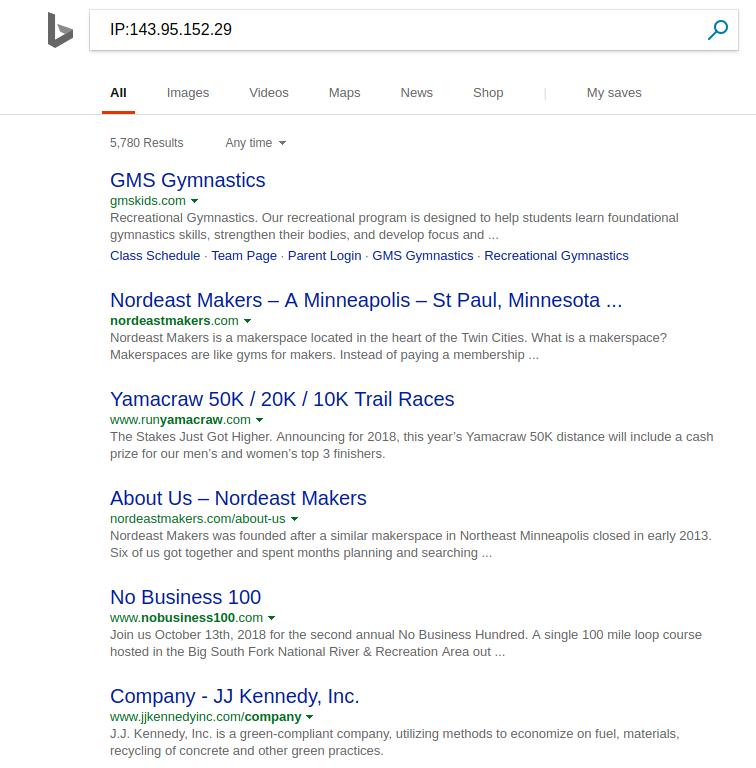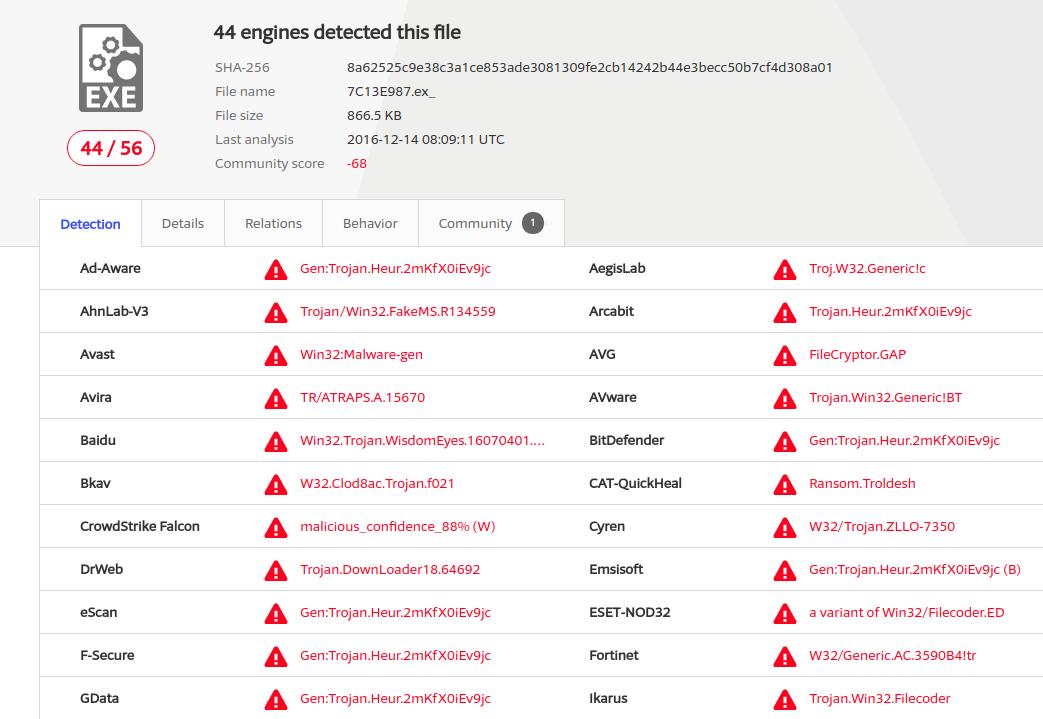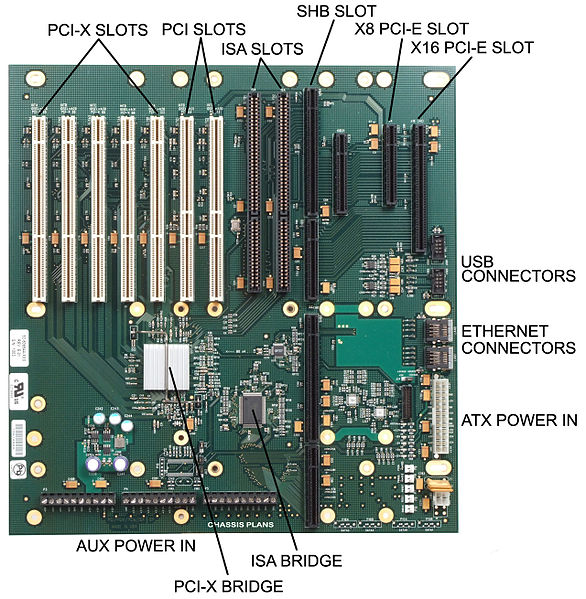Following close behind Spectre, Meltdown, et al…CTS-Labs announced on Tuesday, March 13th that it’s researchers had discovered 13 new critical security vulnerabilities with AMD’s Ryzen and EPYC processors. The Israel based company presents the vulnerabilities as allowing attackers to not only access data stored on the processors, but would also allow them to install malware.
Of some note is the fact that it appears that CTS-Labs gave AMD less than 24 hours to respond to the vulnerabilities rather than the customary 90 day notice for standard vulnerability disclosure. As such, there is no readily available information from AMD.
Another item of note is that the domain name “amdflaws.com” was registered February 22, 2018. Presumably this belongs to CTS-Labs or an associate.
Ryzen chips typically power desktop and laptop computers, while EPYC processors are generally found in servers. A quick rundown of the vulnerabilities as presented as of this writing:
RYZENFALL – four variants, affects the Ryzen family of processors: This vulnerability purports to allow malicious software to take full control of the AMD Secure Processor. The resulting Secure Processor privileges could allow read and write in protected memory areas, such as SMRAM and the Windows Credential Guard isolated memory. This could allow attackers to bypass controls such as Windows Credential Guard to compromise credentials, and potentially move laterally through the affected network.
Attackers could also theoretically use this vulnerability in conjunction with MasterKey to install persistent malware on the Secure Processor.
FALLOUT – three variants, affects the EPYC family of processors: This vulnerability purports to allow attackers to read from and write to protected memory areas, such as SMRAM and Windows Credential Guard isolated memory (VTL-1).
Attackers could theoretically leverage these vulnerabilities to steal network credentials protected by Windows Credential Guard, as well as to bypass BIOS flashing protections implemented in SMM.
CHIMERA – two variants, affects the Ryzen family of processors: This vulnerability purports to have discovered two sets of manufacturer backdoors: One implemented in firmware, the other in hardware (ASIC). The backdoors allow malicious code to be injected into the AMD Ryzen chipset.
The chipset links the CPU to USB, SATA, and PCI-E devices. Network, WiFi and Bluetooth traffic often flows through the chipset as well. The attack potential for this vector is significant, and malware could evade virtually all endpoint security solutions on the market.
Malware running on the chipset could leverage the latter’s Direct Memory Access (DMA) engine to attack the operating system. This kind of attack has been demonstrated.
MASTERKEY – three variants, affects both the Ryzen and EPUC families of processors: Multiple vulnerabilities in AMD Secure Processor firmware allow attackers to infiltrate the Secure Processor.
This vulnerability purports to allow the deployments stealthy and persistent malware, resilient against virtually all security solutions on the market. It also appears to allow tampering with AMD’s firmware-based security features such as Secure Encrypted Virtualization (SEV) and Firmware Trusted Platform Module (fTPM).
As in RyzenFall, this could allow attackers to bypass controls such as Windows Credential Guard to compromise credentials, and potentially move laterally through the affected network.
Another consideration is potential physical damage and bricking of hardware. It could also potentially be leveraged by attackers in hardware-based “ransomware” scenarios.
The full whitepaper is here.
Given the continued impact of the Intel patches on performance and stability, and conflicts with other vendor products – hardware and software – hang on, folks. We’re going to see some chaos in this space.
What are your thoughts? Do you feel the responsible disclosure path is to give manufacturers the customary 90 day window, or is immediate disclosure of risk preferable to you?
Let me know what you think. I can be reached at lwallace@microsolved.com, or on Twitter as @TheTokenFemale





